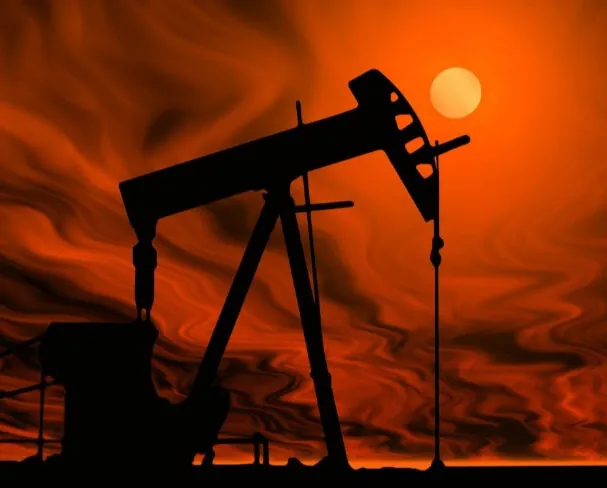The holidays brought disaster to Casselton, North Dakota, in the form of exploding tank cars on the railroad line just outside of town. After striking another train, a BNSF train hauling 104 tank cars filled with Bakken Shale crude oil began to explode.
I have taken Amtrak’s Empire Builder train through North Dakota, on tracks that cross directly through small towns across the Midwest and into large cities. The December 30 train derailment occurred just outside of Casselton, and only 25 miles from Fargo, where BNSF’s tracks run though populous neighborhoods. From there, the train would most likely proceed into Minneapolis-St Paul and Chicago. Last summer, a similar train carrying similar Bakken Shale crude exploded in the middle of the town of Lac Mégantic, Quebec, killing 47 people.
As the Bakken Shale in North Dakota booms, oil companies are increasingly using tankers on rails to move oil across the country, squeezing other uses of railroad lines like Amtrak. But unlike passenger trains or other forms of freight, Bakken crude oil carries significant risks. Its flammability is compared to that of gasoline, and is much more volatile than heavy crude. There is also speculation that chemicals from fracking increase the flammability of Bakken crude, or that the fracking chemicals corrode the tankers.
Both the Casselton and the Lac Mégantic explosions were part of a system of weak regulations and poor enforcement; the Transportation Safety Board of Canada found that the Lac Mégantic tanker cars were mis-classified as less-flammable crude oil, and it is suspected that the same thing happened in Casselton, months after the US Pipeline and Hazardous Materials Safety Administration launched its “Bakken Blitz” regulatory investigation into why Bakken oil keeps exploding. The regulators’ announcement after the Casselton disaster: more testing is necessary.
Meanwhile, as industry estimates that it will send over 400,000 rail cars of Bakken crude oil over train tracks this year, whether it’s east to Minneapolis and Chicago, or west to Portland and Seattle – residents beware. You may live far away from fracking, but if you live near a pipeline or a railroad, fracking is happening in your backyard too.

